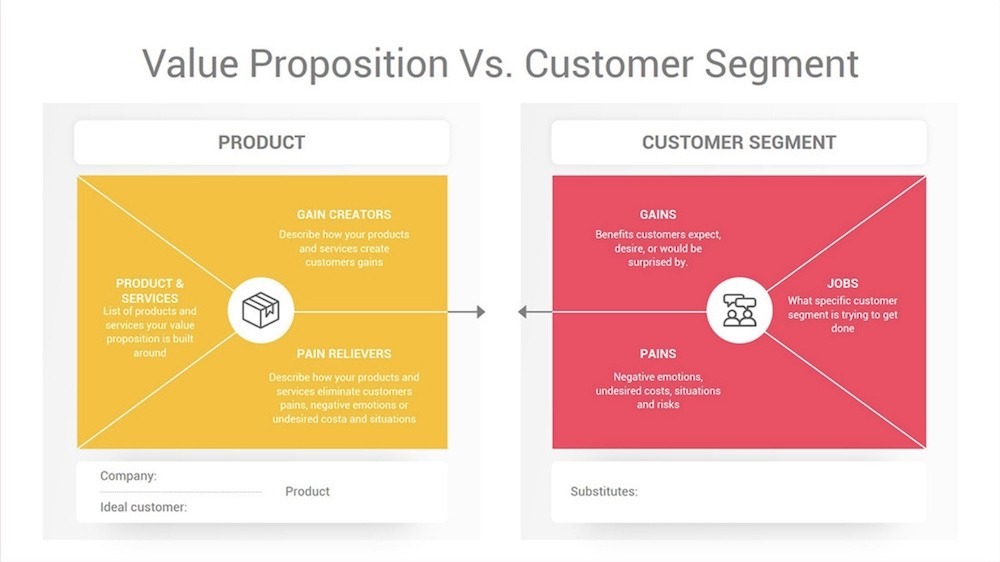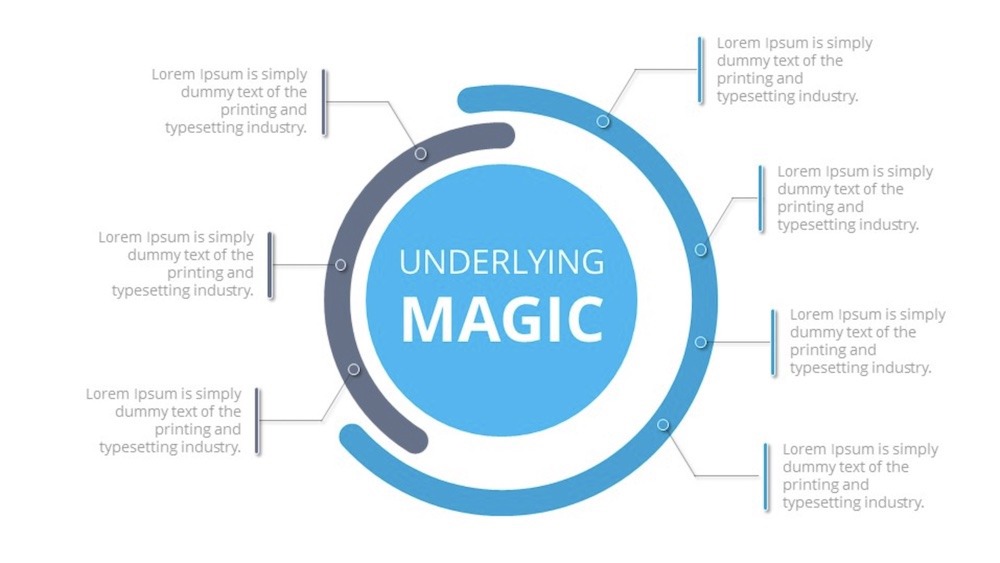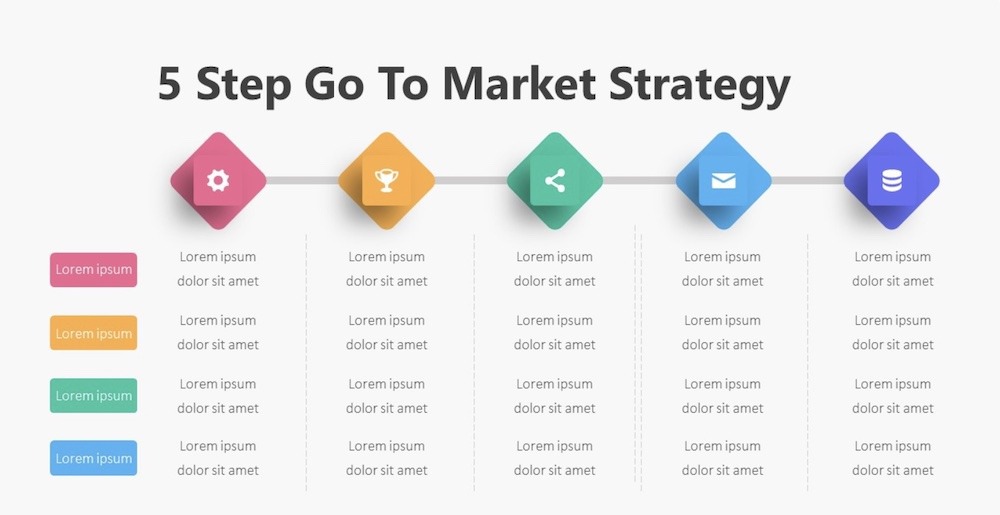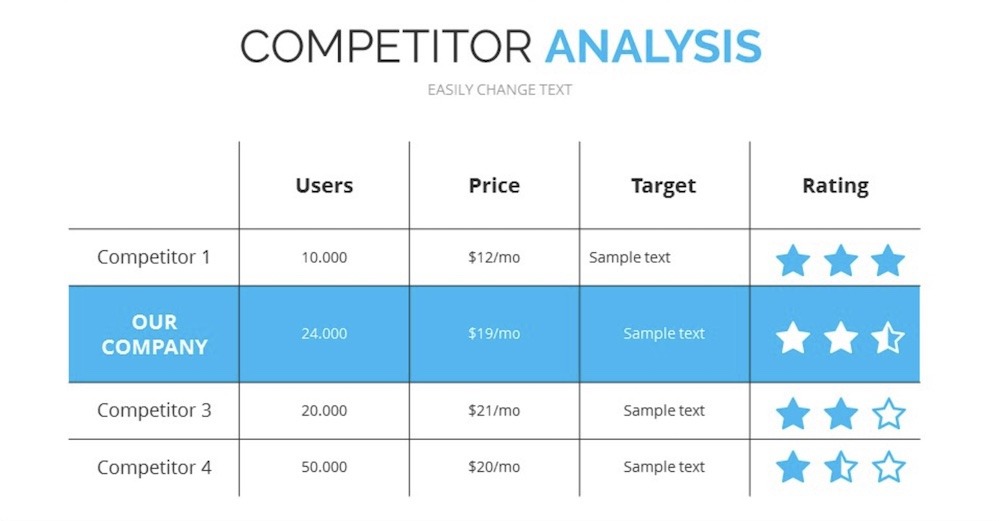Most of us have personal values that we follow and live by. Most likely, you use your personal values to act and make decisions on a daily basis. Successful companies do the same.
Company values are the principles that businesses use to guide them through all endeavors. These core values help organisations ensure that every single person in their company is focused on the bigger picture and working towards the same goal.
Aligning company values with employee values helps create purpose. When your employees feel like the company shares their personal values – you’ll see an increase in satisfaction, motivation and engagement at work. Overall, this helps to drive success, since all employees want to reach the same goal as the business.
Whether you’re in need of some inspiration to build values for your new business, or feel like your current goals need a revamp, we’ve put together ways to nail your company values and create a culture around them.

Nailing your company values
Strong company values can help guide the decision-making process. They can assist during situations such as hiring or dealing with difficult customers and help to lead to more efficient and effective work overall.
To gain these benefits, you need your company values to be ingrained in every single act carried out by people within your company. If they’re not, your team will operate in their own way, meaning your customers get a different customer experience every time they interact with a different employee. This ultimately leads to unsatisfied customers and poor brand reputation – making it more difficult to reach company goals.
How to create your company values
When it comes to creating core values for your company – think back to why the business was started in the first place.
What were the dreams that got the business off the ground? What are the goals that your teams are striving to achieve? What does success look like to you? The answers to these questions will help to carve out the values to help you get there.
Another great step is to enlist the help of your employees. You want your company and employee values to be aligned, so getting your employees involved (if you’re an existing business refreshing your values) can be very valuable.
If employees aren’t involved at all – it’s very easy to create values that are meaningless and seem insincere. Employees won’t feel that they are guided by or aligned with these principles, so they won’t have the intended effect.
If you don’t have any employees yet and you’re just getting started, think about your own personal values and use those as a guide.
Take some inspiration from the companies you admire
If you’re in need of extra inspiration, looking at the values of aspirational companies can be a great start. Try looking at the values of companies within a similar industry, or ones who’ve achieved the kind of goals you’re striving towards.
But remember: only use these for inspiration. Your values need to be unique and tailored to your company and your people if they’re going to be effective.
Example values from big brands:
Google – ‘It’s best to do one thing really, really well’ – ‘We do search. With one of the world’s largest research groups focused exclusively on solving search problems, we know what we do well, and how we could do it better.’ See more of Google’s company values here
H&M – ‘Straightforward and open minded.’ See more of H&M’s company values
IKEA – ‘Different with a meaning’ – ‘IKEA is not like other companies and we don’t want to be. We like to question existing solutions, think in unconventional ways, experiment and dare to make mistakes – always for a good reason.’ See more of IKEA’s company values
Starbucks – ‘Creating a culture of warmth and belonging, where everyone is welcome.’ See more of Starbuck’s values here
And finally… It’s something you’ll need to work hard to maintain.
One of my favourite values is: ‘Curiosity’ – ‘We’re hungry to learn and share knowledge – asking questions, challenging conventions and refusing to rest on our laurels’
As you can see, almost all of these companies provide an example or a bit more information alongside their values. Examples make your values more personal to your company and can really help current employees to understand how they should be using them in their everyday lives. They also help potential employees understand how the business operates and if they’re a good cultural fit.
More examples of company values:
- Integrity
- Commitment to customers
- Honesty
- Innovation
- Team work
- Quality
- Drive towards change
- Learning
- Fun
- Passion
- Genuine
- Exceptional
- A will to win
- Respect
- Empathy
- Collaboration
- Accountability
- Boldness
- Sustainability
- Simplicity
- Courage
If you haven’t defined your values yet, this list might make you realise how you’re already operating under some unspoken values. If that’s true for your business – it’s time to make a note of them and share them with the rest of the team.
Remember, you need to stay authentic to your company
Take another look at that list of example company values. They’re great company values – and if they represent you, your employees and your business – use them. If they don’t, and you think they just sound like “the right kind of thing”, those values aren’t going to properly represent your business. In that case, they won’t have any impact, so steer clear of adopting them for the sake of it. Mismatched company values can undermine the credibility of your organisation if they don’t seem in line with your actions.

As your business grows, so should your values
As your company grows and develops, it’s important to keep developing your values. Although you always want to remain close to your original values – growth and development is important.
Reassess your values every couple of years and make tweaks to react to new goals or areas of importance.
Creating a company culture around your core values
Remember: it’s not just a case of ticking ‘company values’ off the to-do list, and never thinking about them again.
For values to be effective, they need to be actively practised and put at the heart of each person’s actions within the company, every day. This helps build a strong company culture based on values.
Set goals based on values
One way to do this is to set goals to see if your business is following its values. For example, if one of your values is ‘quality’, you could set a goal of improving the quality score on customer reviews each month. By measuring employee performance against company values, it reinforces their importance and helps to ensure performance is going in the direction you want.
Using customer surveys can be a great way to find out if your organisation is sticking to its values. By asking customers if they feel like the service and/or products they are receiving reflect certain values, you find out from the people who matter most if your company’s values are on show throughout customer experience.
Hire in line with your values
Not only should values be referred to in performance reviews, but core values should be considered from the application stage for new employees.
If you want your company culture to represent your values, you need to consider this within the hiring process – be sure to look out for potential employees who understand and reflect your values.
You can do this by listing your values in job descriptions, posting them on your website so potential employees who are researching your company can see what you are all about, and asking questions about them in interviews.
The emphasis on values shouldn’t stop at the recruitment stage. Company values need to be communicated and reinforced throughout the onboarding stage too, to ensure that those joining the company know how your values shape your company culture.
Form your business around them
All elements of your business, such as working hours, employee benefits and even the workspace environment, should also represent your values. Design your policy in line with your values to create a culture which properly represents them.
For example, if one of your values is ‘trust’, it should be ingrained in how your employees are managed. Trust can be shown through flexible working hours, the ability to work from home, or with policies against micromanagement. This helps to create a culture of trust, as employees feel that they are trusted by their managers and vice-versa.
Creating a culture book for your business can be a great way to define your company culture and the values included within this. Putting all the elements that make up your culture in writing – including the business story, mission, values, your culture and valued habits – helps make it clear what your business is all about.
This is not only important for your employees, but it can really paint a clear picture of where you’ve come from, and where you want to go for every single person inside and outside of the company.
Keep your values fresh in the minds of your employees
If you develop your core values, announce them to the business and then never mention them again – you’ve wasted your time.
You need to remind your employees of your company values every day. Keeping your values fresh in their minds is the key to keeping your company culture alive.
A simple way to do this is to give reward and recognition for good work, in line with your values – assigning values to your recognition – reinforcing behaviour that’s important to your company and its culture.
You can also benchmark against company values during employee performance reviews, and discuss what could be done with employees to display these further.

Another way to remind your employees is to show off your values. When you’ve worked so hard to find values that represent your business and what you aspire to, you should shout about them! You can post them on your walls, on your social media channels, and use them in your employee communication.
Keeping your values fresh in the minds of your employees helps them stick and creates a strong company culture around them.
To build a culture takes time, resource and focus, yet your main objective is to build a company, earn revenue and bank profit.
I have various resources available on how to build a company based on values and it starts with understanding your business, your brand, customers and vision. Once we’ve aligned this I’ll support you in a workroom to build your culture upon.
Thank you for reading.
A.



























